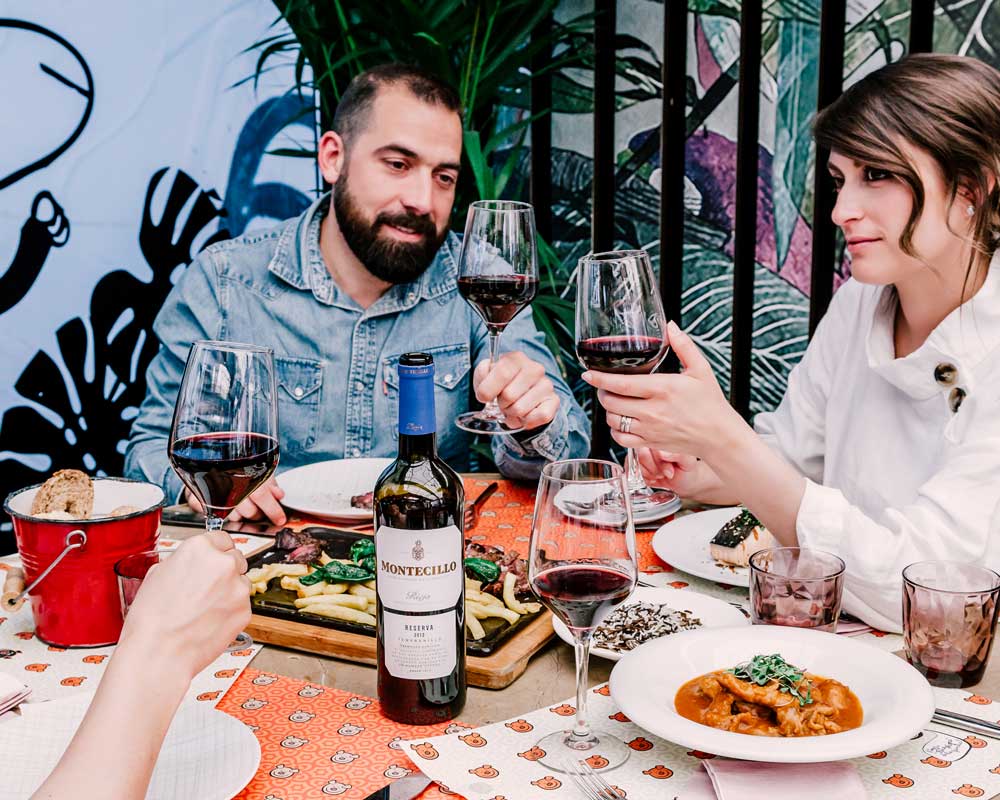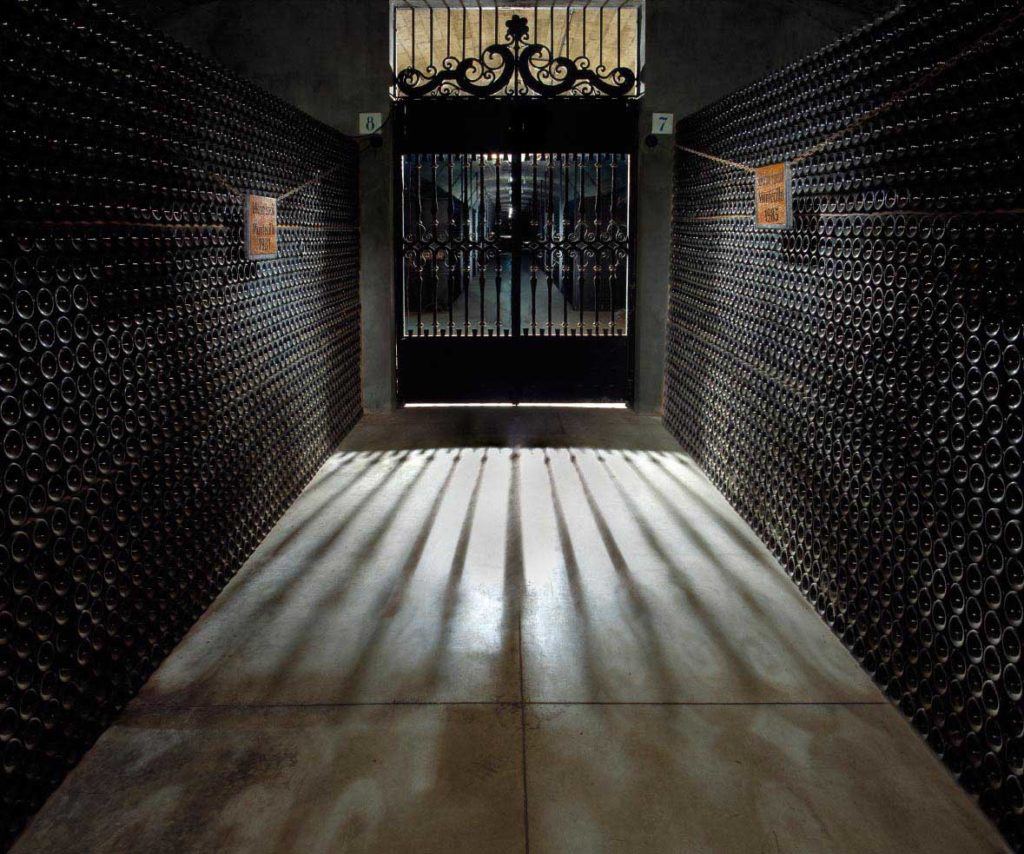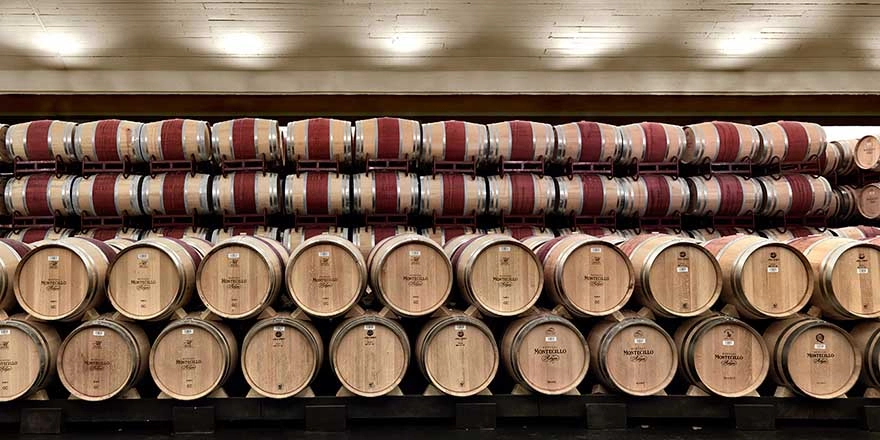We continue to go up the scale in terms of ageing and now it is time to talk about what makes a D.O.Ca. Rioja wine a Reserva.
We are now on the second tier of oak ageing…things are getting serious.

The first thing, as always, is to indicate what the D.O.Ca. Rioja demands of a wine for it to be considered a Reserva.
In terms of white and rosé wines, they must be aged in oak barrels, and bottles, for a total of 24 months, as a minimum, with at least six months’ ageing in oak barrels.
In the eyes of the Rioja Regulatory Council, Reservas are those red wines that have been aged in oak barrel and bottle for a total period of 36 months, as a minimum, with a minimum ageing period of 12 months in oak barrels.
So, how long is the Montecillo Reserva that we produce aged before its release to market? An average of 40 months.
Let’s break it down.
Montecillo Reserva is a red wine (classic Rioja blend made of Tempranillo and other red varieties). It spends at least 24 months in oak barrels, followed by 16 months’ bottle conditioning.

As you can see, we once again go beyond the requirements of the D.O.Ca. as we are talking about a total ageing of 40 months between barrels and bottles, of which 24 are oak ageing and 16 months in bottle. This long period of anticipation – as we already explained with the Crianza – is for the wine to round itself out so you do not drink it while it is still very wild or with too great a flavour of oak.
And, in fact, we once again return to self-regulation in minimum terms. The latest vintages of Montecillo Reserva on sale are 2013 and 2014. Six years later is when we consider this vintage to be ready for our public to enjoy this complex red wine at its peak.
Because depending on the characteristics of the vintage, the contents of the bottle will evolve in one way or another.

In the D.O.Ca. Rioja there are «static» vintages that take a long time to evolve and other «quicker» ones that take less time, in relative terms, to offer highly complex aromas (liqueur-like or tobacco) than are so highly valued by wine lovers.
For example, 2010, 2001 and 1994, are «slow» years. They will take a long time to grow in the bottle, but once they have done so they will offer memorable, world-class wines.
2009, 2007 and 1998, being of a «high» grade of quality will be «quicker» to evolve but will not reach the levels of complexity of the aforementioned ones.
We’re coming to the end…but before we wrap up, we should mention that although the laws specify the minimum ageing periods and the size of the barrel (225l), they do not stipulate the same in terms of the origin of the oak.
And there are various kinds of oak, the most commonly found in Spain and the rest of the world are French and American, but some use Russian or Slavo-Croat wood (particularly in Italy). And they are many more besides these four.

The selection of one type or another gives certain characteristics to the final liquid.
French oak is easily recognisable, giving notes of resin and menthol (associated with a more modern style) while American oak gives classic notes of vanilla and leather, very characteristic of more classic Rioja.
In our case, we choose to use solely the first type in the production of Montecillo Reserva. We are convinced that, if not, we would not do so, as the richness of our great Tempranillo combines very well with the outlined aromas.
Of course, there are some who use a mixture of various types of oak to age one type of wine.
We urge you to look for a Rioja that uses solely American oak, to see, next to our Montecillo Reserva, if you are capable of differentiating between the two in a blind tasting (without looking at the bottle.)
It is really very easy and it will make you the star of your next social gathering.
